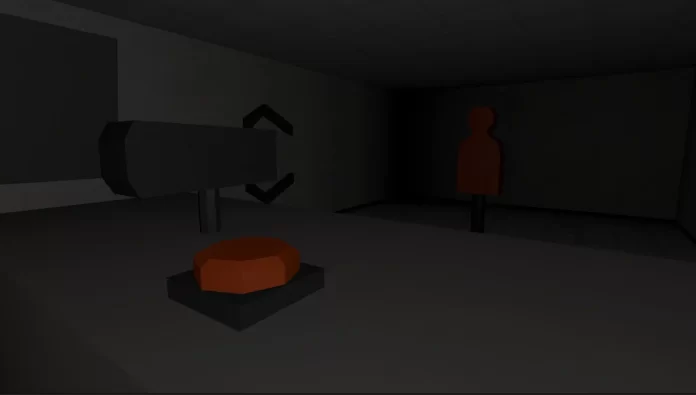With the release of the Resident Evil 4 (2023) remake, people on the internet complained about a game design choice that the developers decided to implement: yellow paint. Specifically, they put yellow paint on objects of interest, like crates that could be opened, or ladders that could be climbed. They made sure that if the player was stuck, they just had to look for yellow in order to progress.
This practice isn’t unique to the Resident Evil games either — Shadow of the Tomb Raider (2018) has white paint on ledges you can grab and LEGO DC Super-Villains (2018) has ghost studs that form a trail to your objective. However, some people critiqued these design choices as “unnecessary,” sparking a large debate.
I’ve been gaming for a while (unfortunately; any thoughts and prayers are greatly appreciated), and I sympathize with both sides of this debate. I understand that sometimes games can be obtuse, perhaps unfriendly, to new players, and that might turn people away. I also understand that if I feel I am being babied, I actively dislike the game. Neither is a nice feeling. I don’t want to have to do homework to get into a game, but I also don’t want to be handed the keys to the kingdom from the get-go.
When I picked up a little co-operative horror-ish game called IT Simulator (2022), I expected an hour or so of goofing off with a buddy — nothing life-changing. From a single-person developer and for approximately six bucks a pop, it didn’t inspire too much confidence. So, one afternoon, with nothing worse to do, my friend and I booted it up and attempted to glean some fun out of it.
Six hours later, it was my favorite gaming experience of 2023.
I think about it still sometimes, as the “yellow paint” debate keeps getting brought up. IT Simulator has a tutorial that shows the basic mechanics to both of the two asymmetric roles — the all-seeing Control Room Operator, or the boots-on-the-ground Repair Technician. However, the first level has a gimmick — one that the game does not immediately tell you — as does every level after it. My friend spent a good five minutes watching me walk out of the elevator at the start before quickly getting a game-over.
It took a bit of trial and error to make progress; we had to figure out what to do to help each other out. Our conversation went from lackadaisical banter to focused, almost tactical information transfer. We tried, died, and tried again. By the time we completed the first level, we felt accomplished — not because we had passed it, but because we had beaten the challenge. The game made us struggle for the win; it didn’t spoon-feed anything to us — there was no yellow paint — but at the same time, it wasn’t needlessly unfair. It had rules. All the pieces of the puzzle were present — we just needed to put them together. It was our job to try and fail; to parse the rules from our failures, and earn the completion.
That earning was what elevated the game from others — it felt like I had accomplished something, rather than being given it. The challenge felt, well, challenging, but doable. I enjoyed the difficulty so much that I went back a few days later with my friend and 100 per cent completed the game. I enjoyed earning the victory. IT Simulator isn’t a game for everyone — casual, comfy-cozy game enjoyers won’t find it particularly fun — but if you, like me, don’t shy away from a challenge, I’d recommend straying away from the yellow paint for it.


